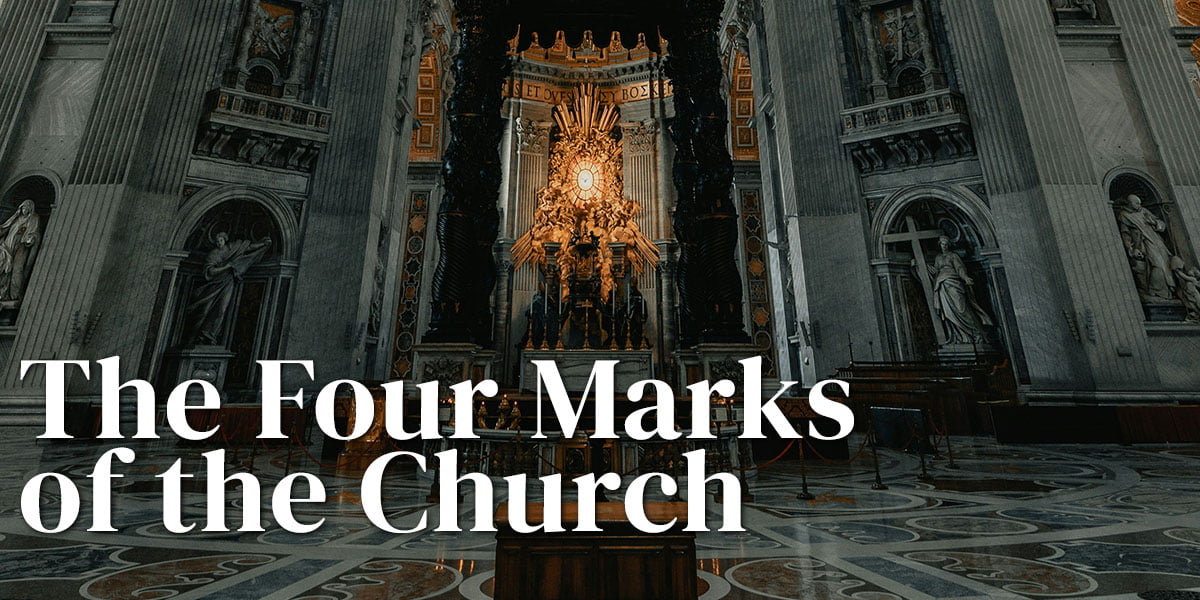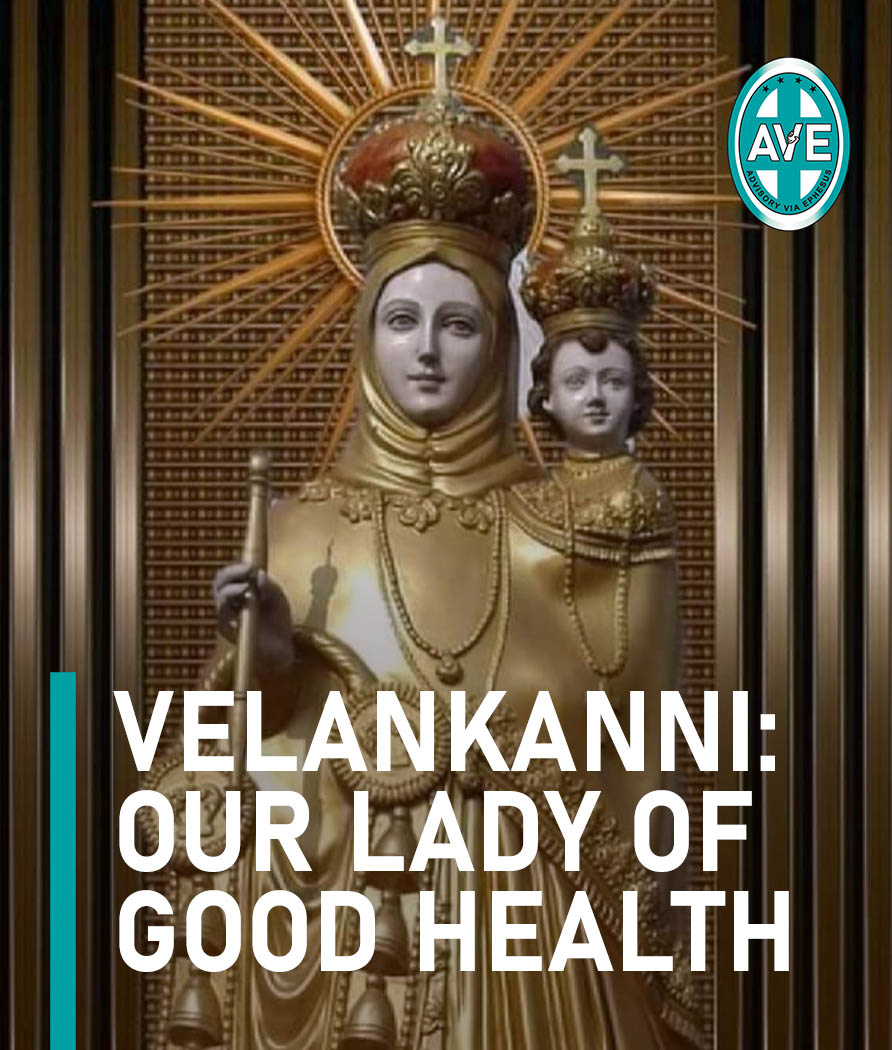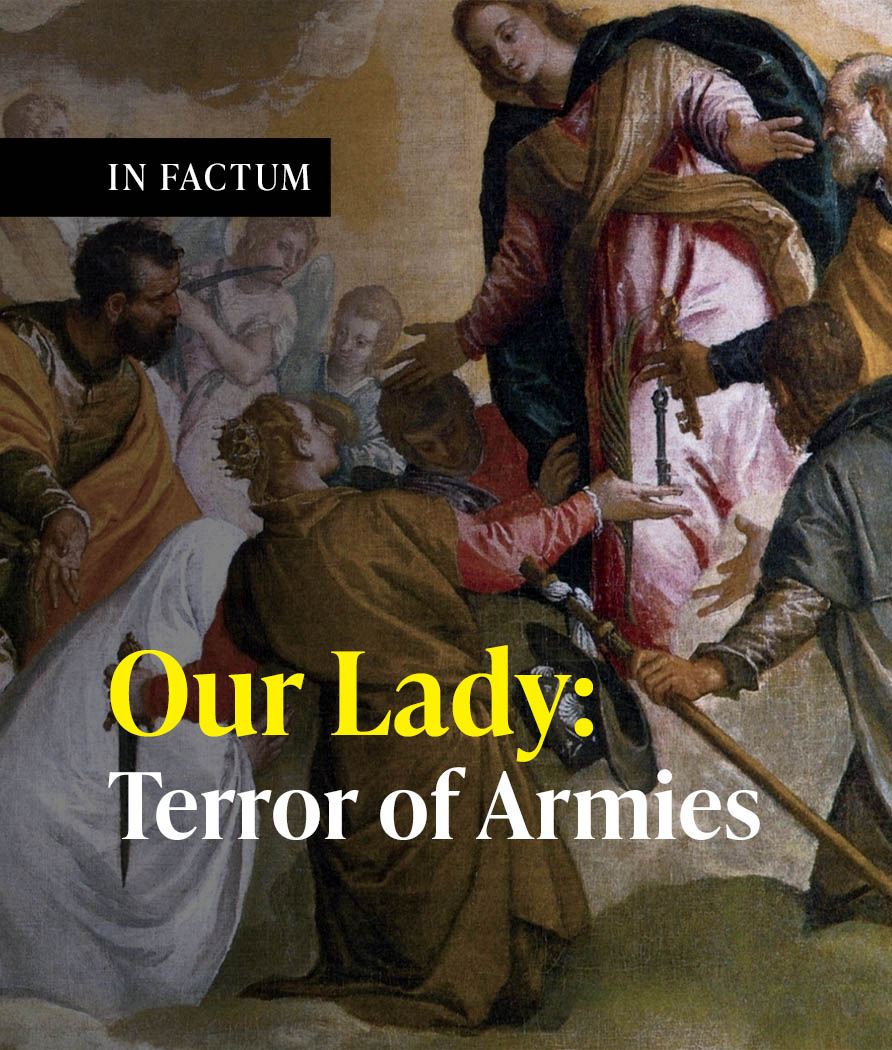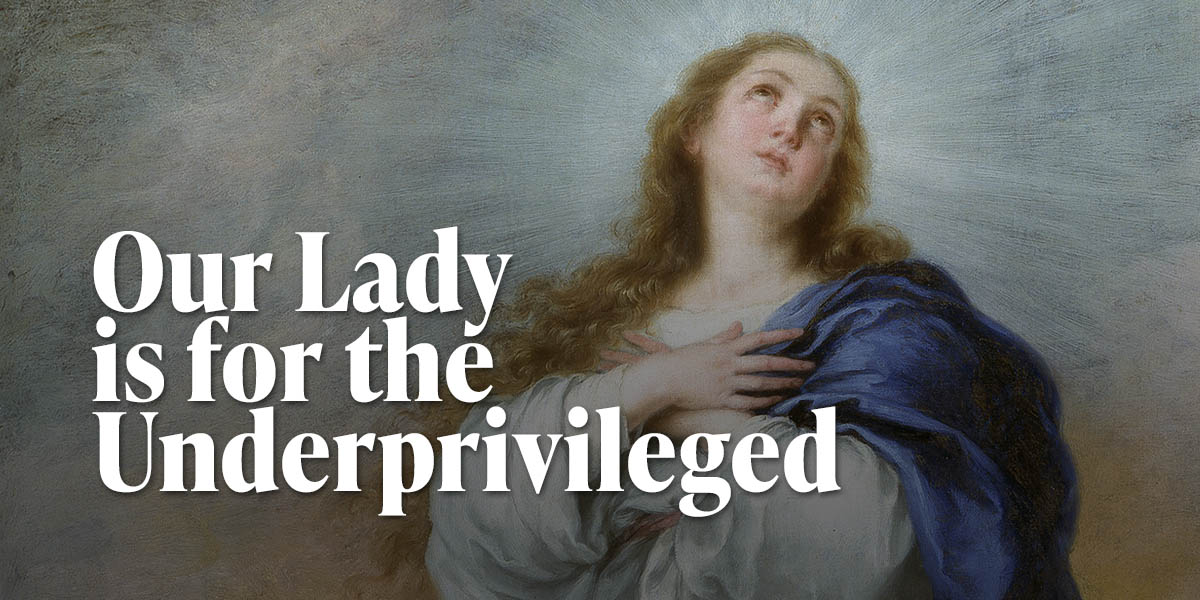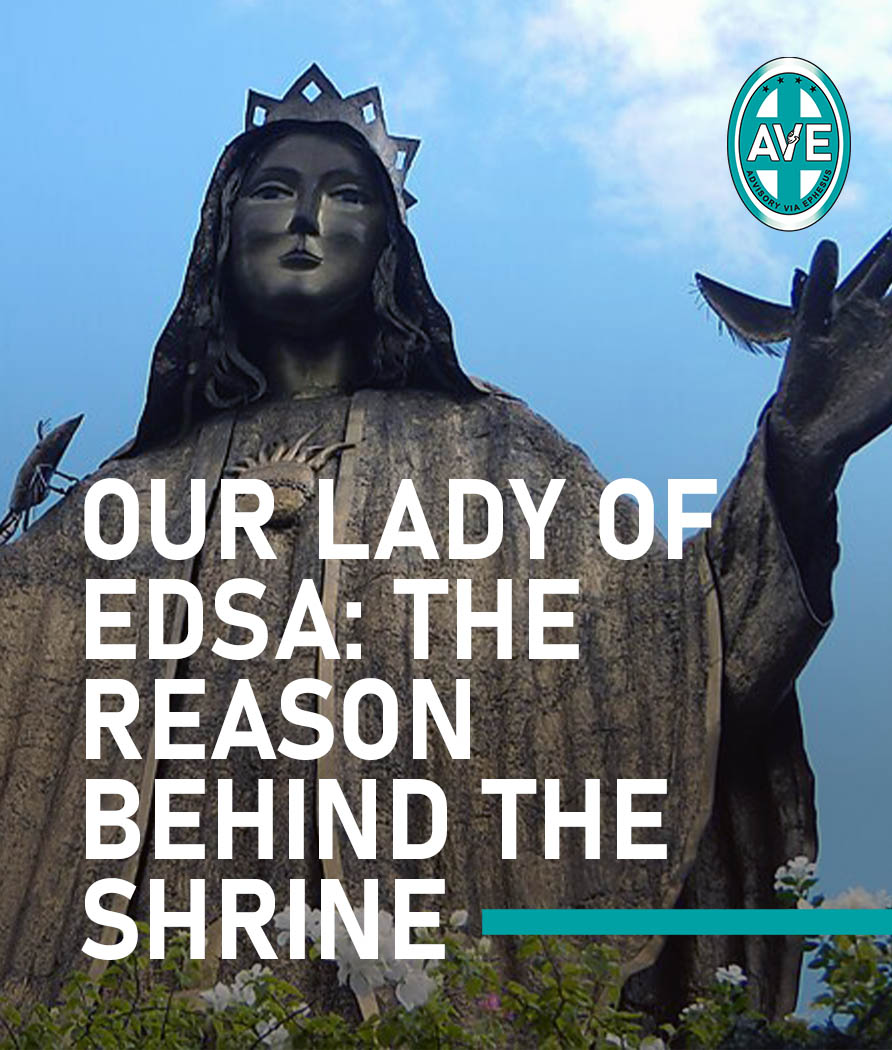It is human nature to recognize a beautiful melody or song. By singing we convey our feelings, the utter joy or in times of sorrow. Even going to holy mass is a pleasant memory on parts when parishioners sing in unison. Sometimes the singing of the community is louder than the choir but the beautiful melody and lyrics of the songs are praises of joy and faith.





